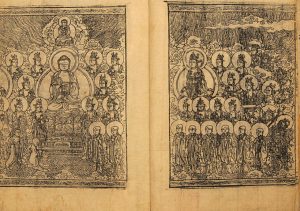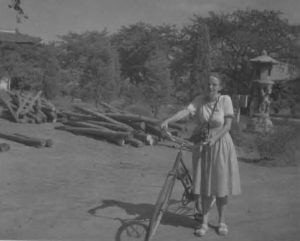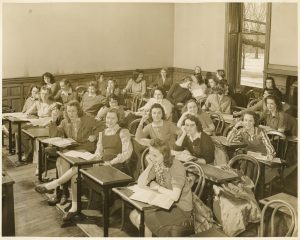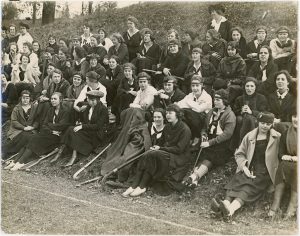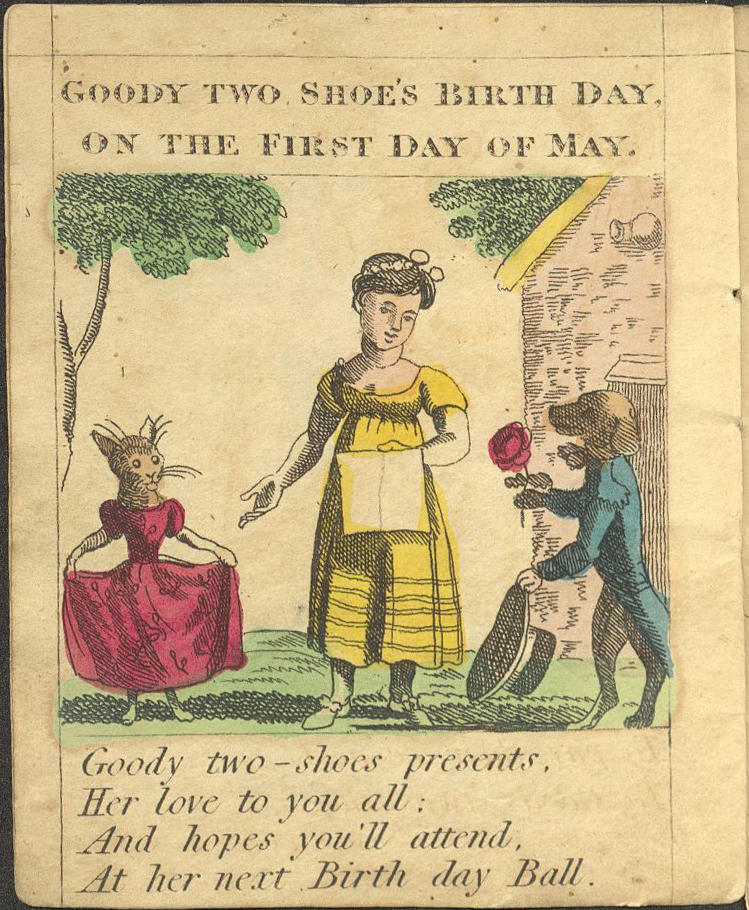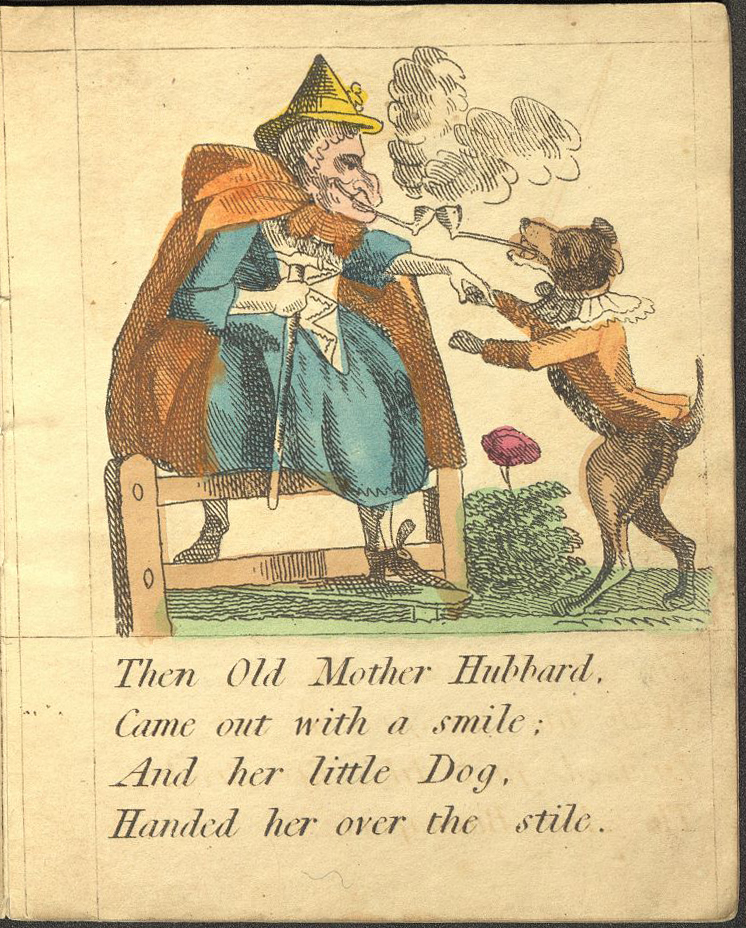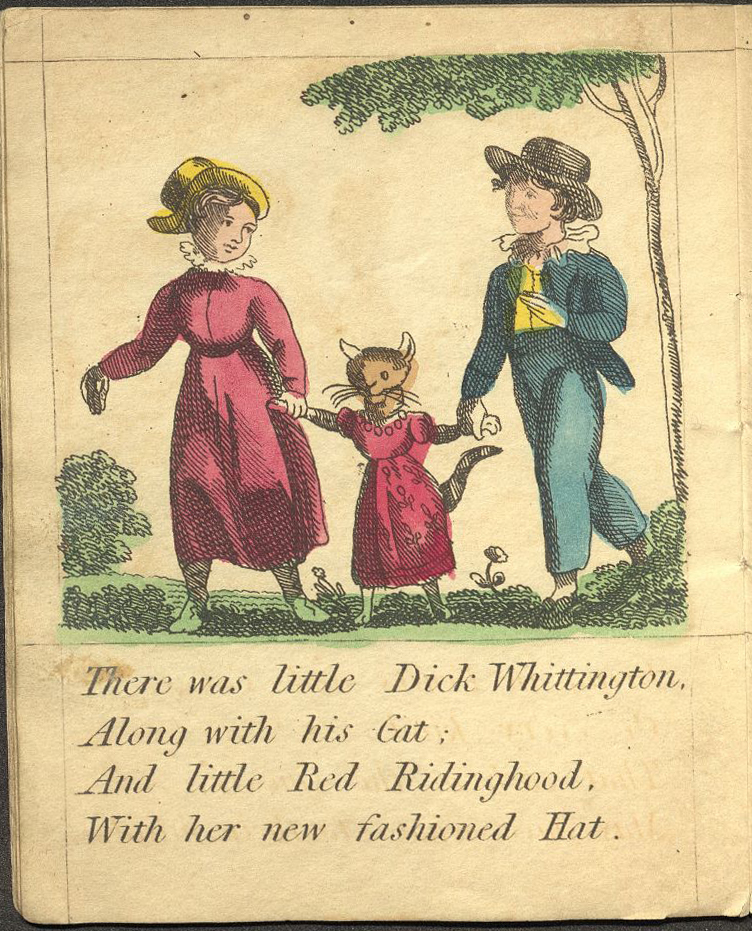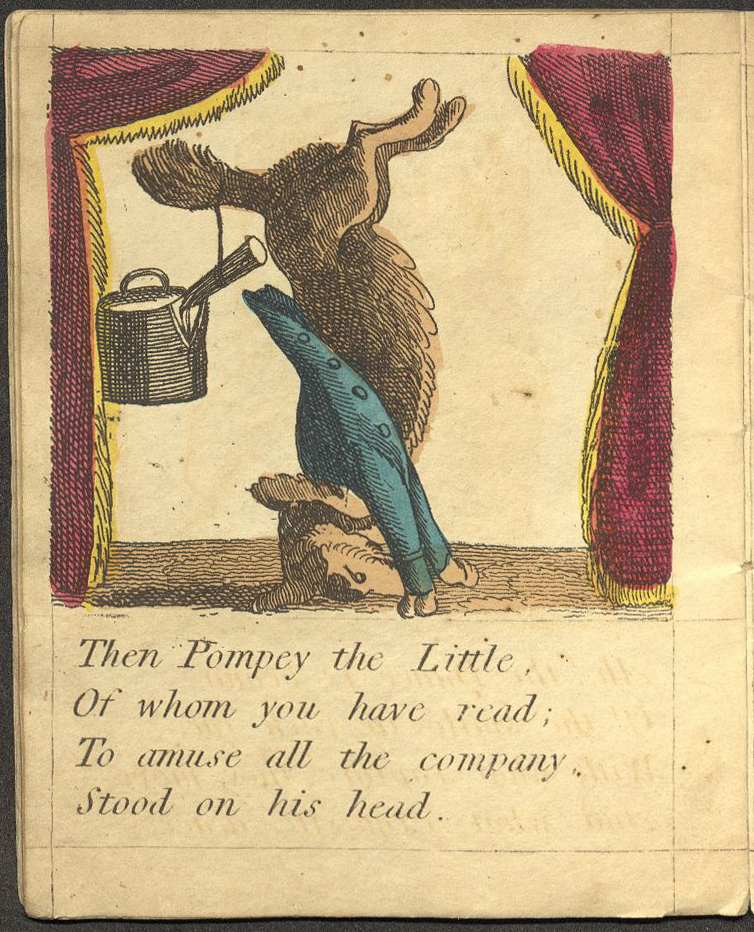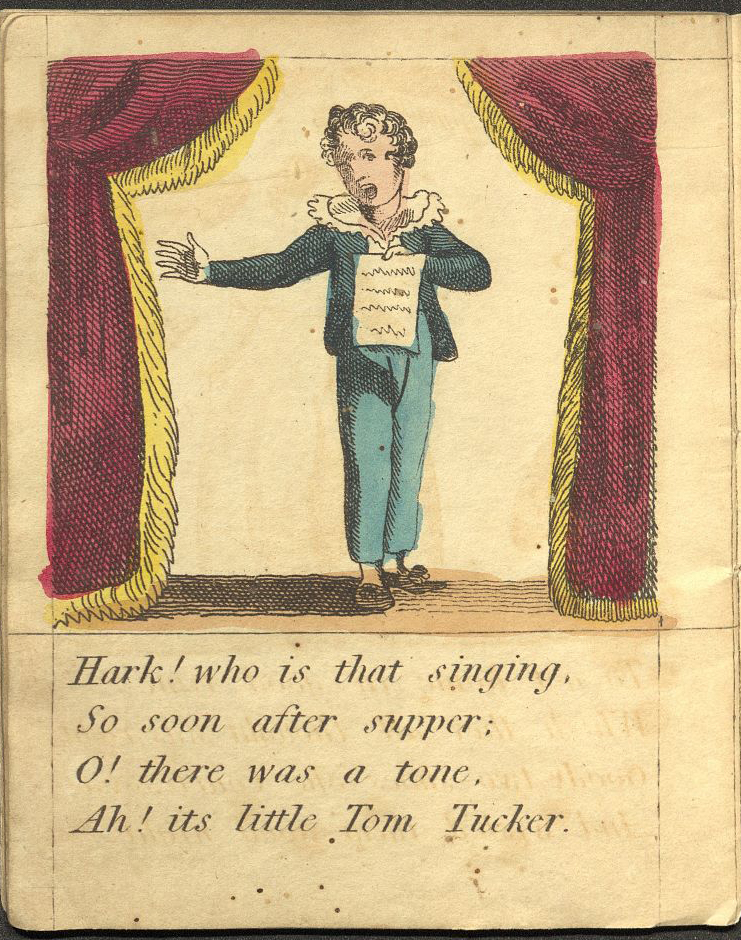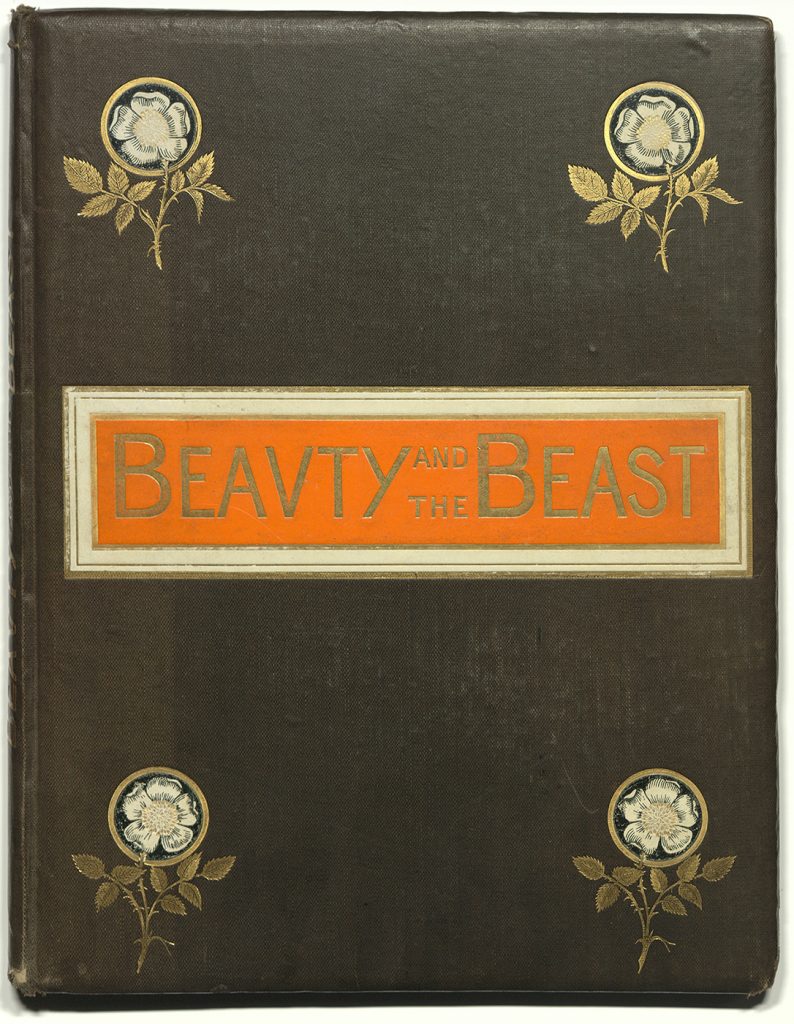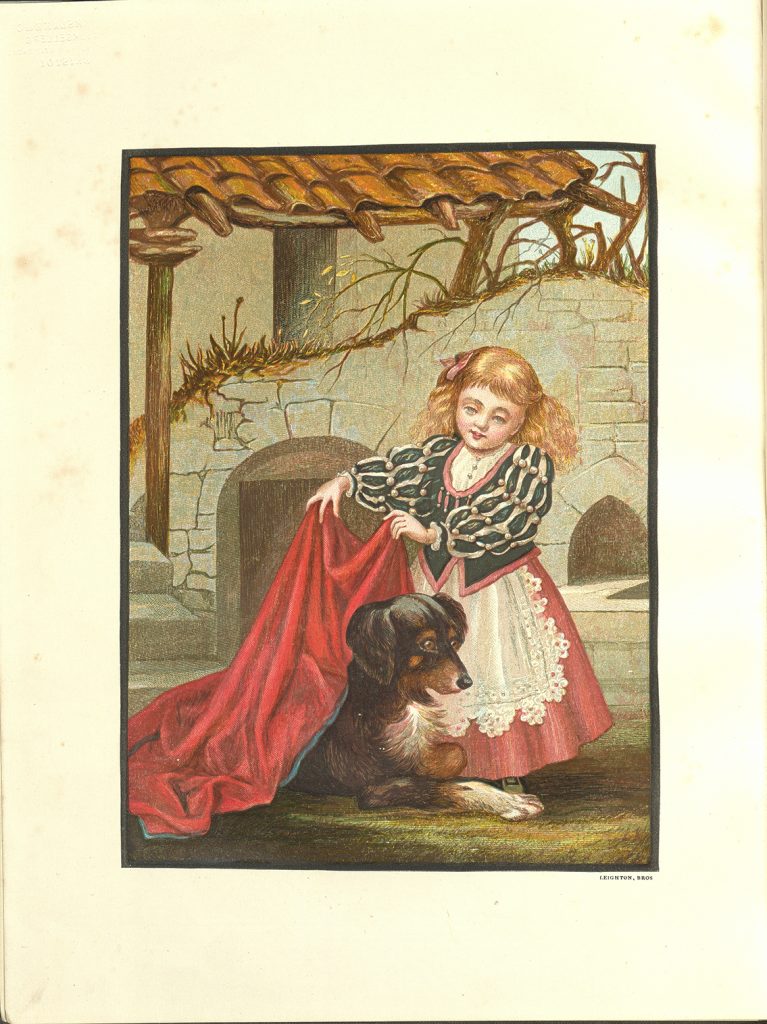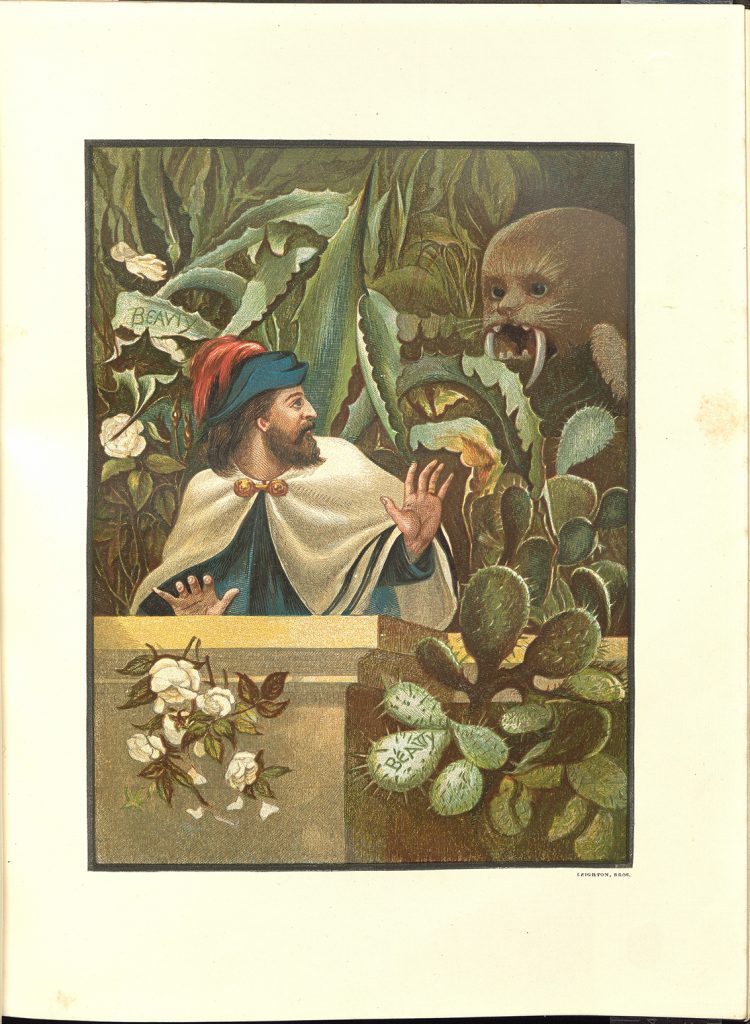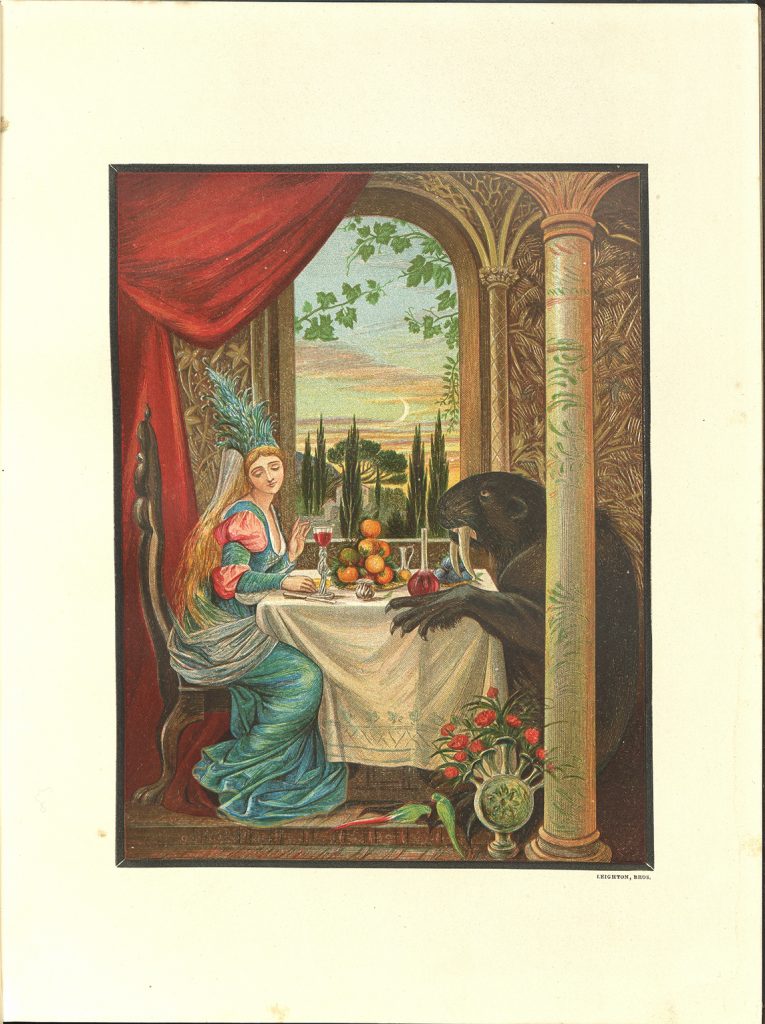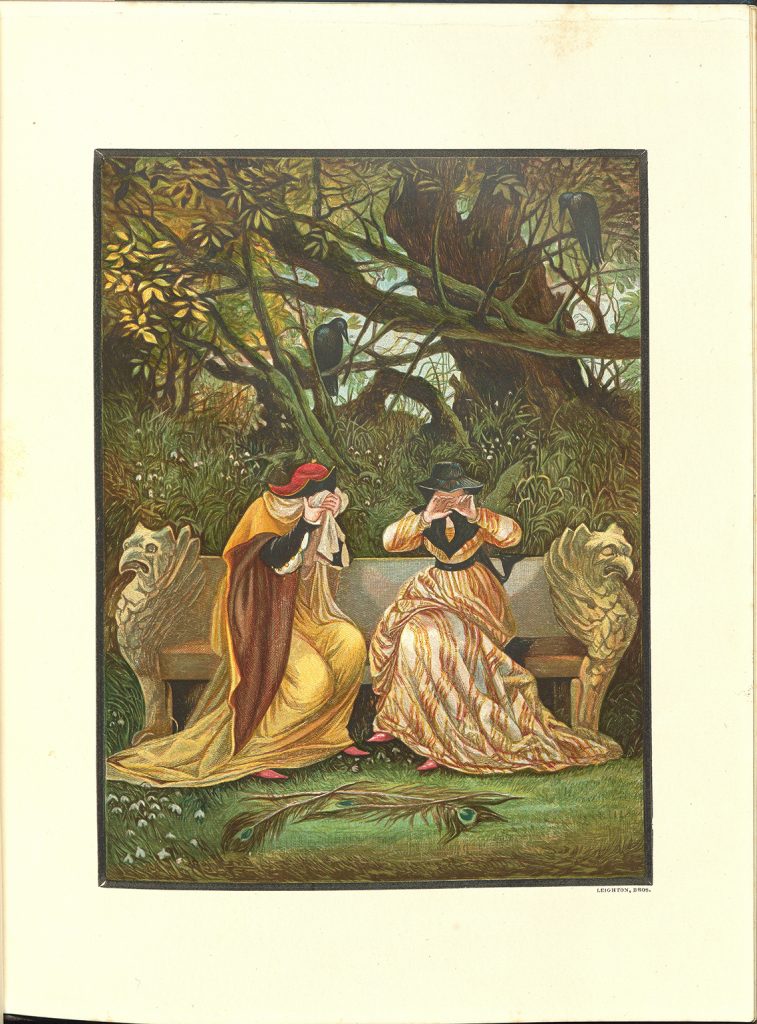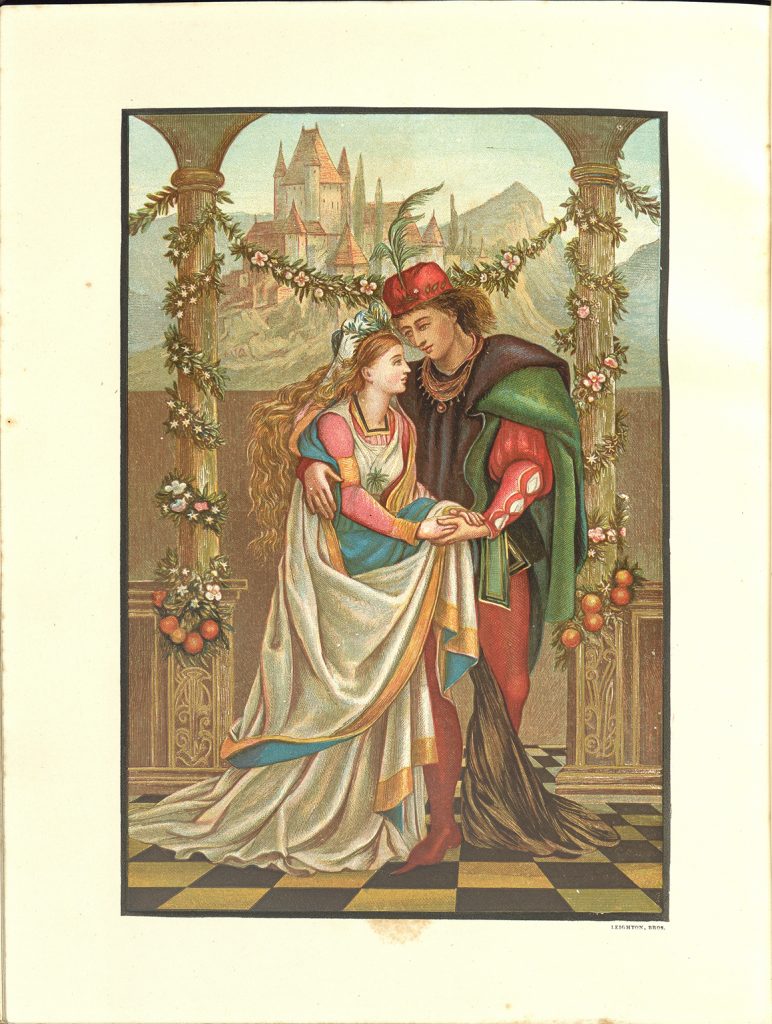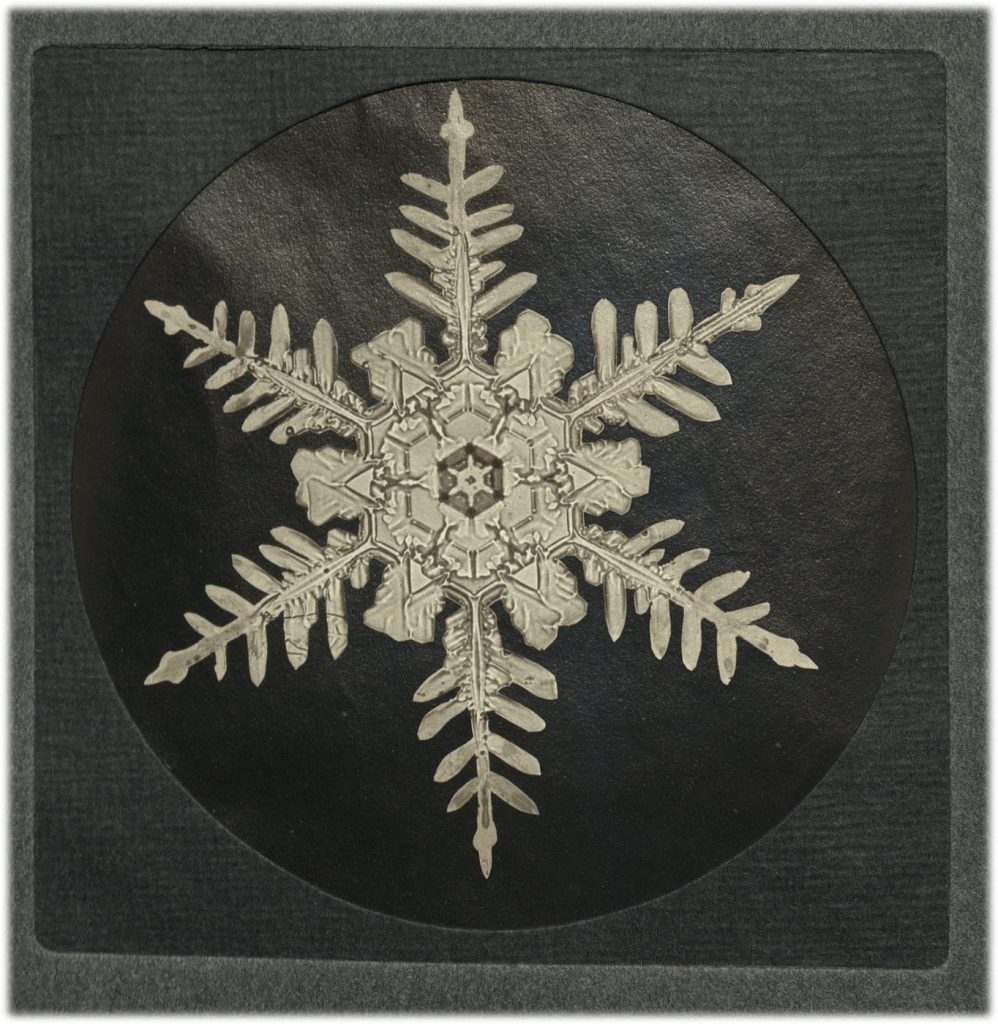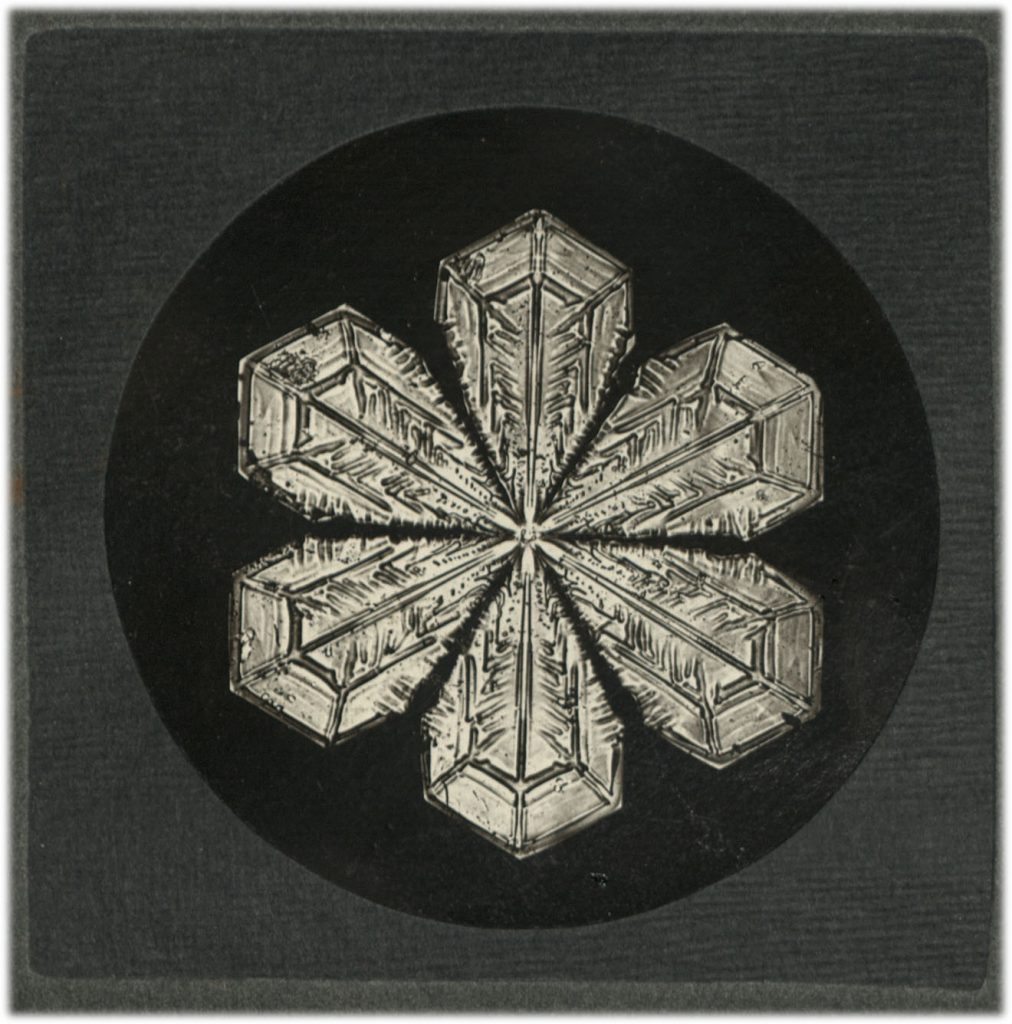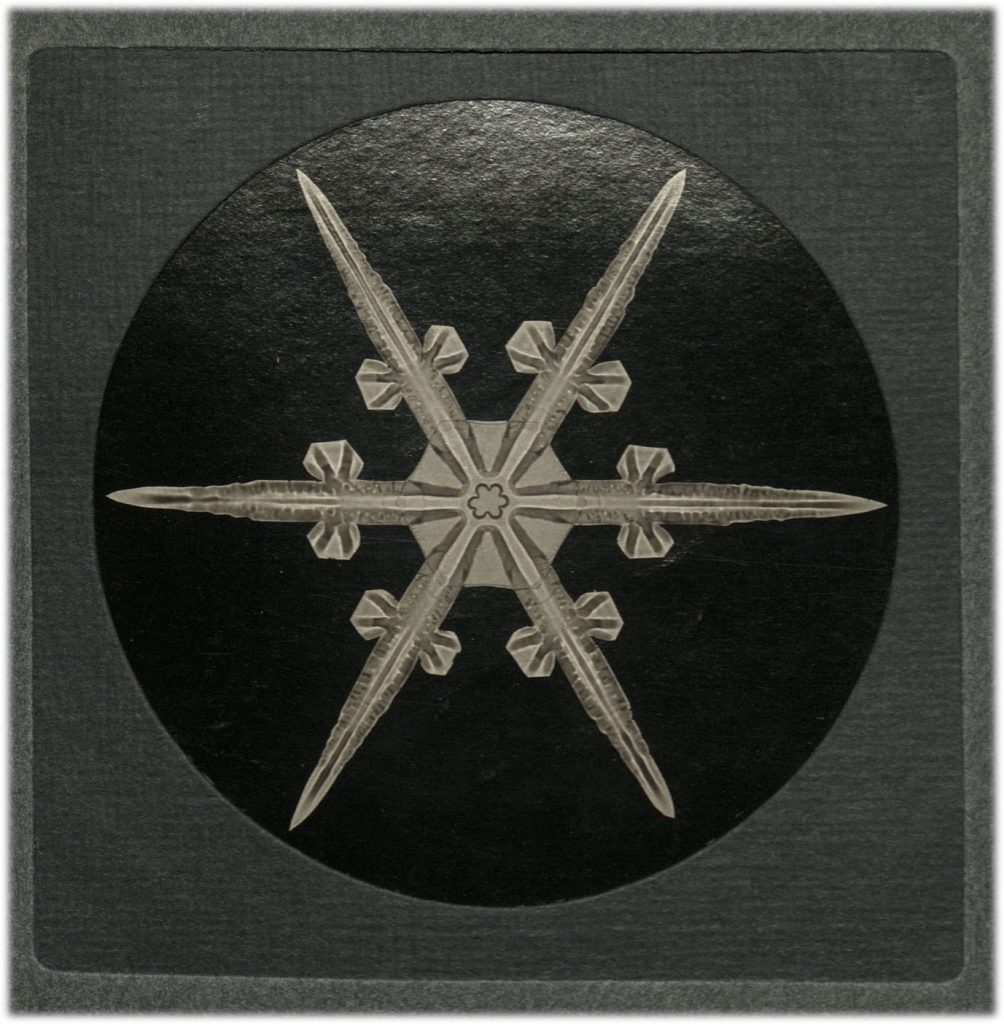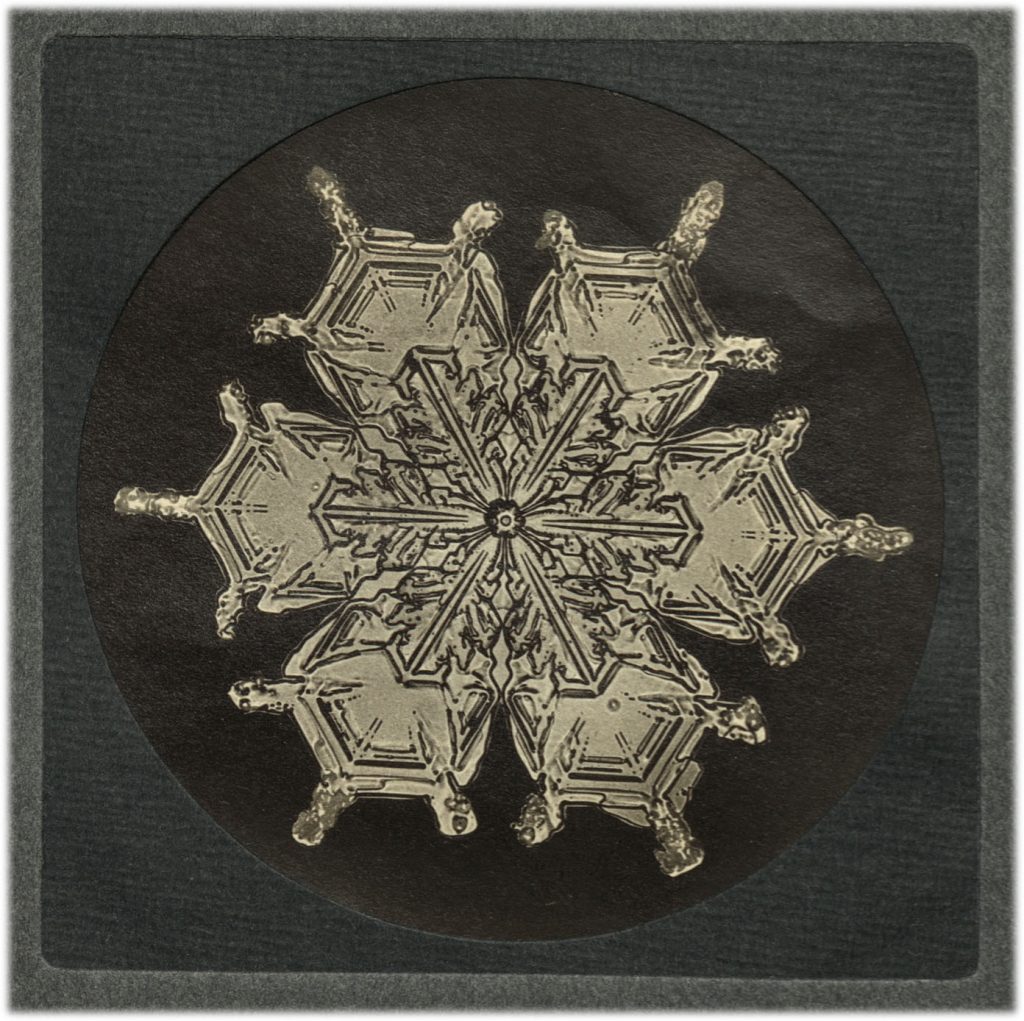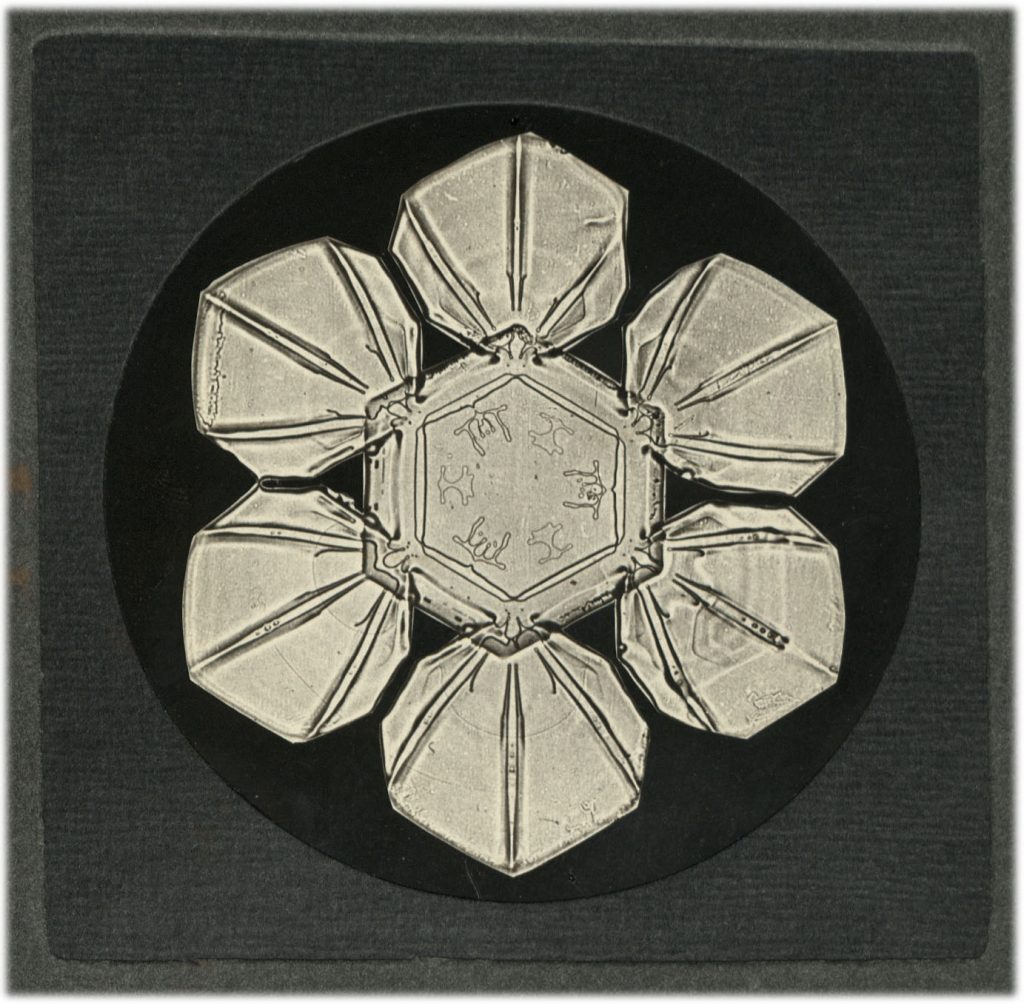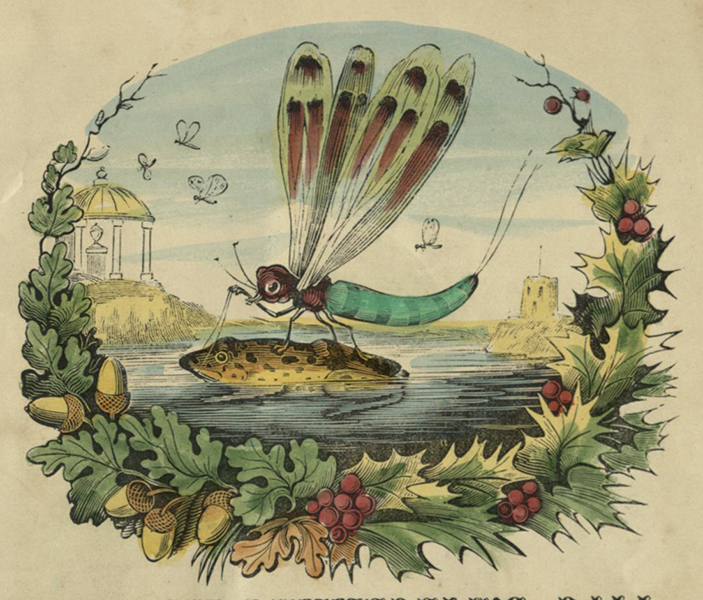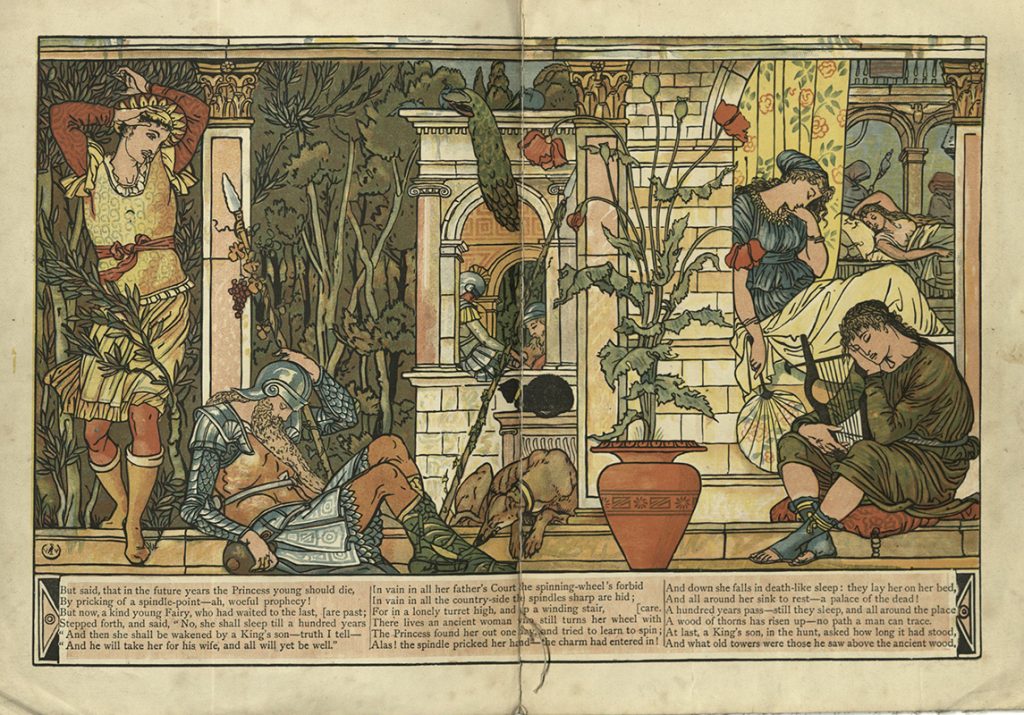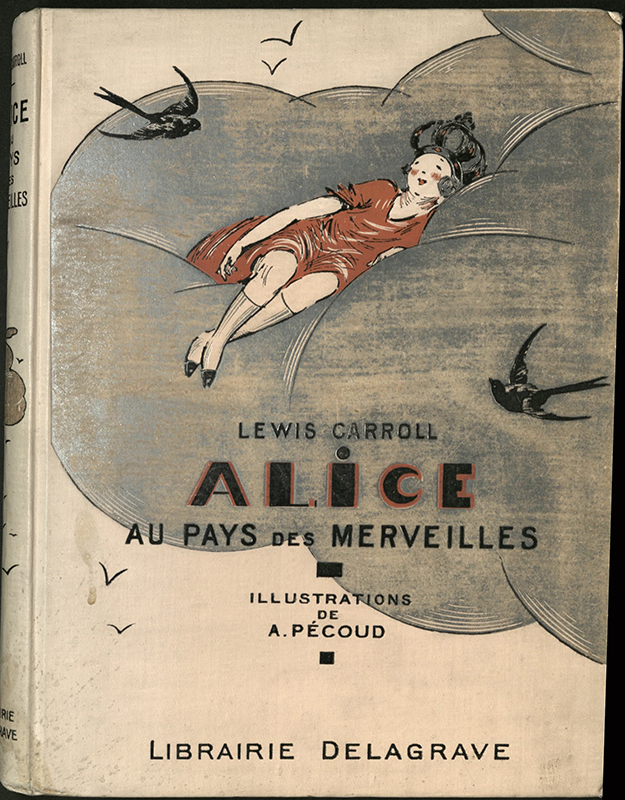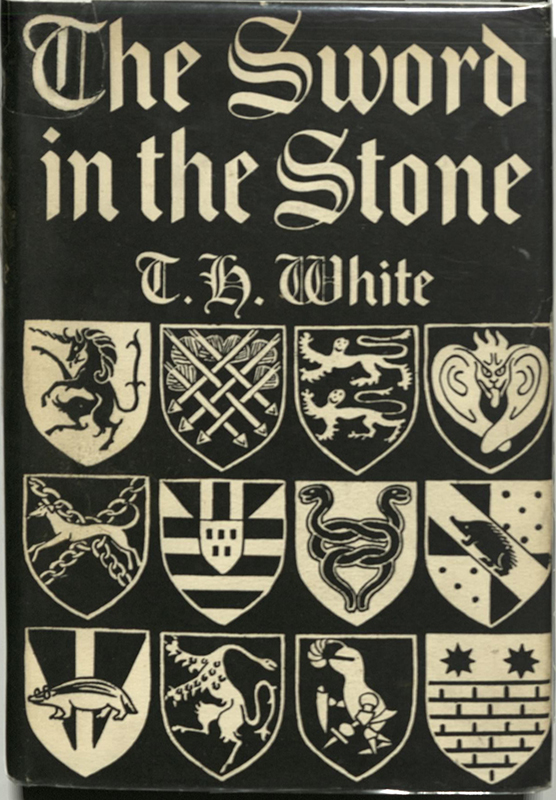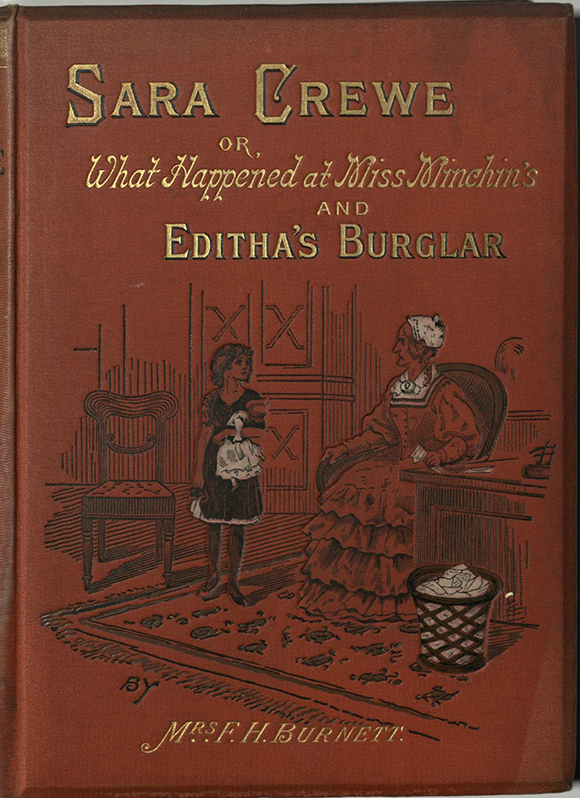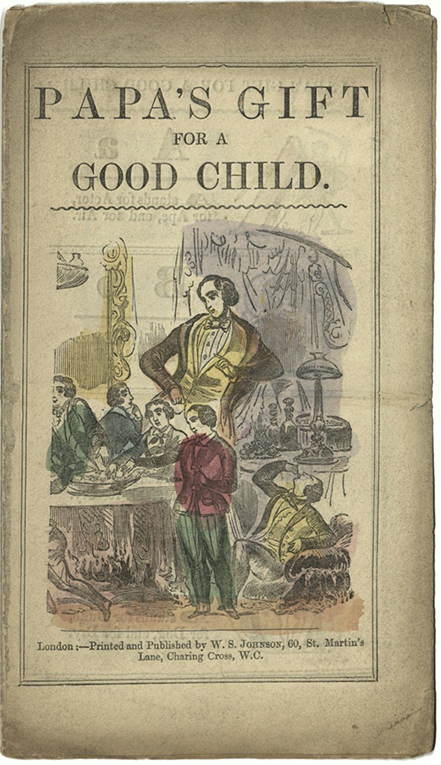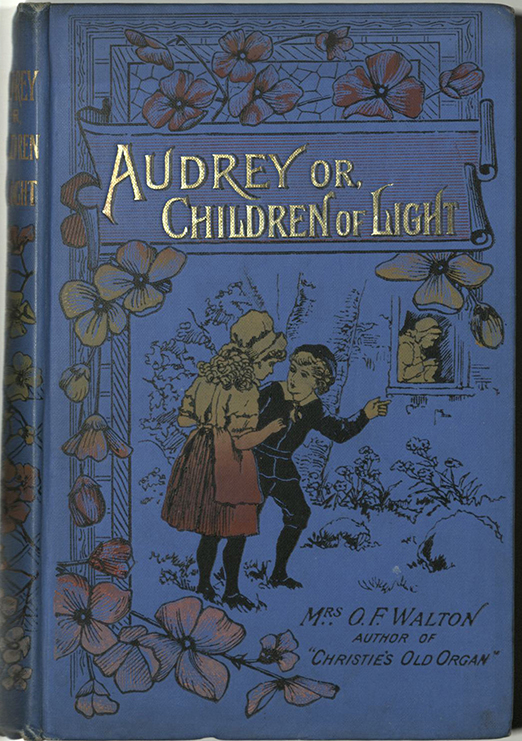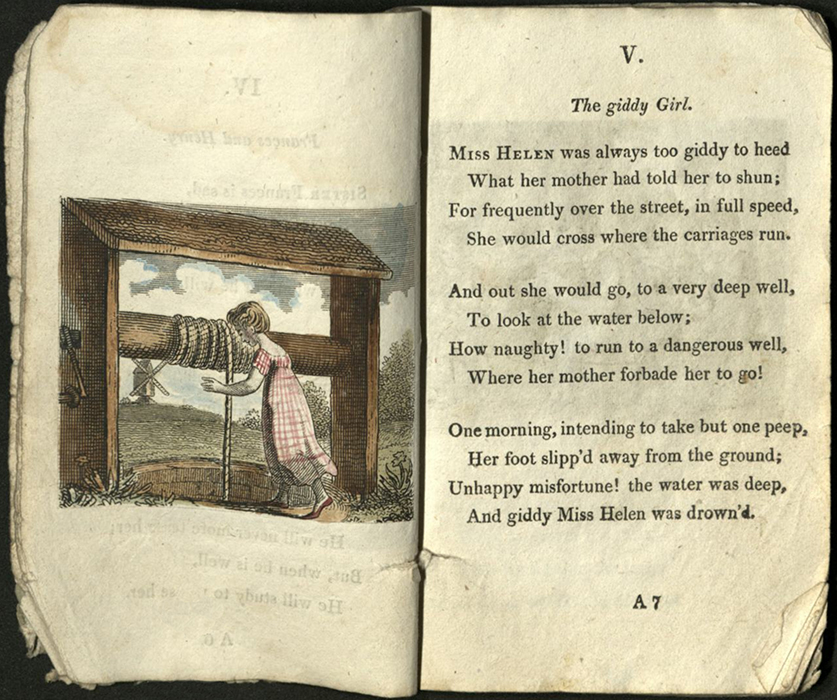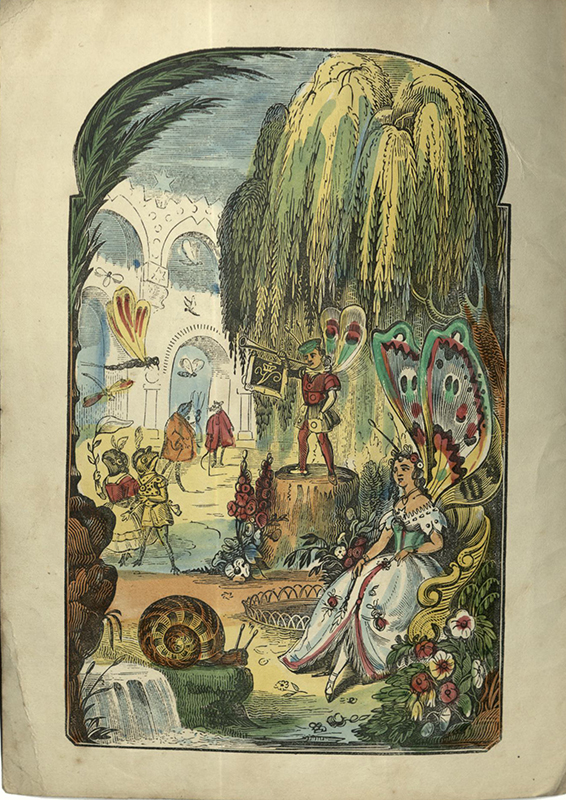I Have been very anxious about the Weather To-day, how it might chance to fall out, on Account of the Eclipse of the Sun that is to be this afternoon; but it is at present fine, and I hope the Clouds will forbear, and permit us the extraordinary Sight…

Diagram of solar and lunar eclipses from The Young Gentleman and Lady’s Philosophy
Thus begins the chapter on solar eclipses in The Young Gentleman and Lady’s Philosophy (second edition, London: 1772). The book is written in the form of conversations between Cleonicus, home from College for the summer, and his sister, Euphrosyne, whose lively interest in the natural sciences (“philosophy”) is impeded by her lack of access to instruction on the topic. She has formed the plan of getting her brother to help her, and in a series of dialogues, Cleonicus introduces her to astronomy and physics, using sketches, models, and experiments. Although she frequently suggests that a new subject may be too difficult for her, her intelligence and his organized and factual instruction consistently produce firmly rooted understanding on which she builds. The work speaks strongly for women’s education, arguing that if they were given the opportunity to study the sciences, they could excel.
Euphrosyne and Cleonicus are fortunate to have the opportunity to observe a total solar eclipse together, and following an explanation of why eclipses occur, he sets up two viewing stations – a telescope with darkened lenses* and an adjacent room which acts as a camera obscura – a pinhole projector on a large scale. Here are highlights of their conversation during a solar eclipse:
Euphros. But see, the Time is at Hand for the Eclipse to begin — It wants 5 1/2 Minutes by my Watch.
Cleon. Well, we are prepared for it, happen as soon as it will; I have fixed the Telescope in a proper Position for viewing it; and thereby you will see it in me Heavens. I have also darkened the Chamber, wherein you will see the Eclipse in Miniature very perfectly; and have so ordered it that you only need to step out of one Room into another to see both.
Euphros. Dear Cleonicus, I am greatly obliged to you; but let me seat myself at the Telescope to observe the Beginning.
Cleon. Do so immediately; there is a Piece of dark Glass before the Eye-Glass in the Telescope, through which you may view the Sun without hurting your Eyes.
Euphros. Very good, Cleonicus; let me view him — I see his glorious Face, and the several Spots which beautify it — there is yet no Appearance of an Eclipse.
Cleon. In half a Minute you’ll see it.
Euphros. I do: — The Moon just touches him on the right Side and covers a very small Part — let me see it in the Chamber —
Cleon. Look in.
Euphros. ‘Tis just as I saw it at large in the Telescope; how beautiful it appears in that small Picture! But here it begins on the left Side, how is that?
Cleon. That is, because the Image of the Sun is inverted by the single Glass in the Scioptric Ball — See, there is a large Spot, which the Moon will presently hide, — view it in the Telescope —
….
Euphros. I never observed an Eclipse with so much Pleasure and Exactness before — But see, methinks it begins to appear somewhat darkish, or else ’tis my Fancy —
Cleon. The Sun is now about two thirds Eclipsed, and the Day-light begins to be sensibly diminished, and will be so in a few Minutes.
Euphros. ‘Tis darker than it was — I’ll view the Sun again —- he appears horned like the Moon in her last Quarter;
…
Cleon. The Darkness increases very sensibly — the Air seems obscured, you will quickly see the Stars —
Euphros. The Stars! Will it be so dark as to make them visible?
Cleon. Visible! Yes, for a considerable Time; you will see Day converted into Night
Euphros. Bless me, you make me shudder at the Thought.
…
Cleon. It will be much darker by- and by in about three or four Minutes the Sun will be totally eclipsed —
…………
Cleon. The Sun is now totally eclipsed.
Euphros. Look, see how the Beasts run under the Trees — what do the poor Creatures think!
Cleon. Think! They can’t tell what the Matter is, — they know ’tis something very extraordinary — There has been many a Night not so dark as it is now.
Euphros. That I am sure of — well ’tis very surprising —-
Cleon. So it is, to see the two great Lights of Heaven in a Manner both extinguished!
…….
Euphros. The Eclipse, I see, is nearly at an End; I do assure you, Cleonicus, I never spent 2 1/4 Hours with more Pleasure and agreeable Surprize than now. — If you please, we will now go to drink Tea, and then I shall trouble you with a few more Questions about an Eclipse of the Moon.
Cleon. With all my Heart, my Euphrosyne; you know nothing gives me a greater Pleasure than to satisfy your Enquiries about natural Things.

The brother and sister at the telescope.
The book is part of the Ellery Yale Wood Collection of Children’s Books and Young Adult Literature. To see the original pages: Eclipses_from_The_Young_Gentleman_and_Ladys_Philosophy_1772a.
*It is not safe to look through a telescope at a solar eclipse without specialized equipment. Please follow NASA’s recommendations for viewing at https://eclipse2017.nasa.gov/safety
Marianne Hansen, Curator of Rare Books and Manuscripts
Save
Save

